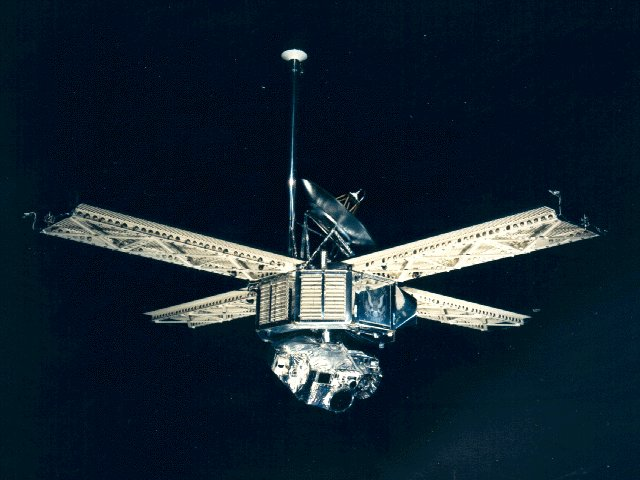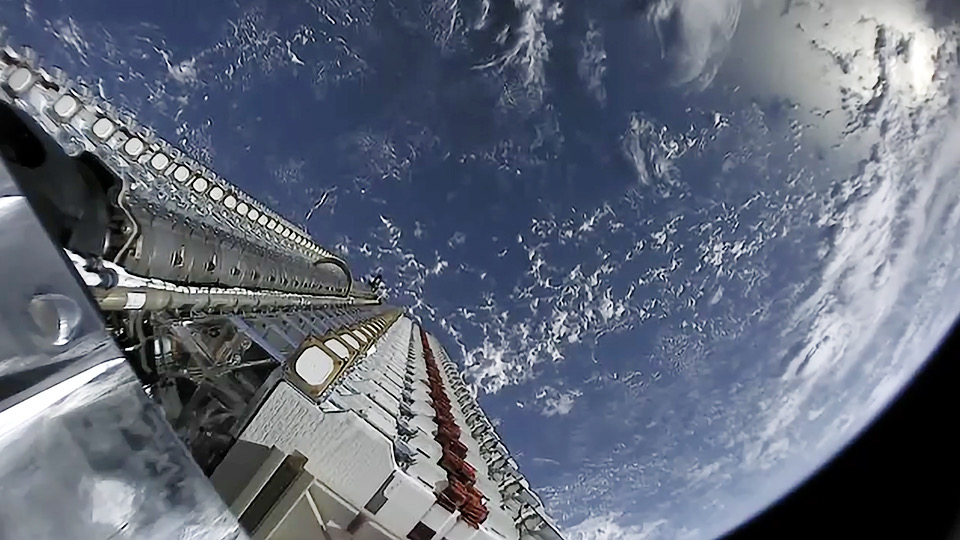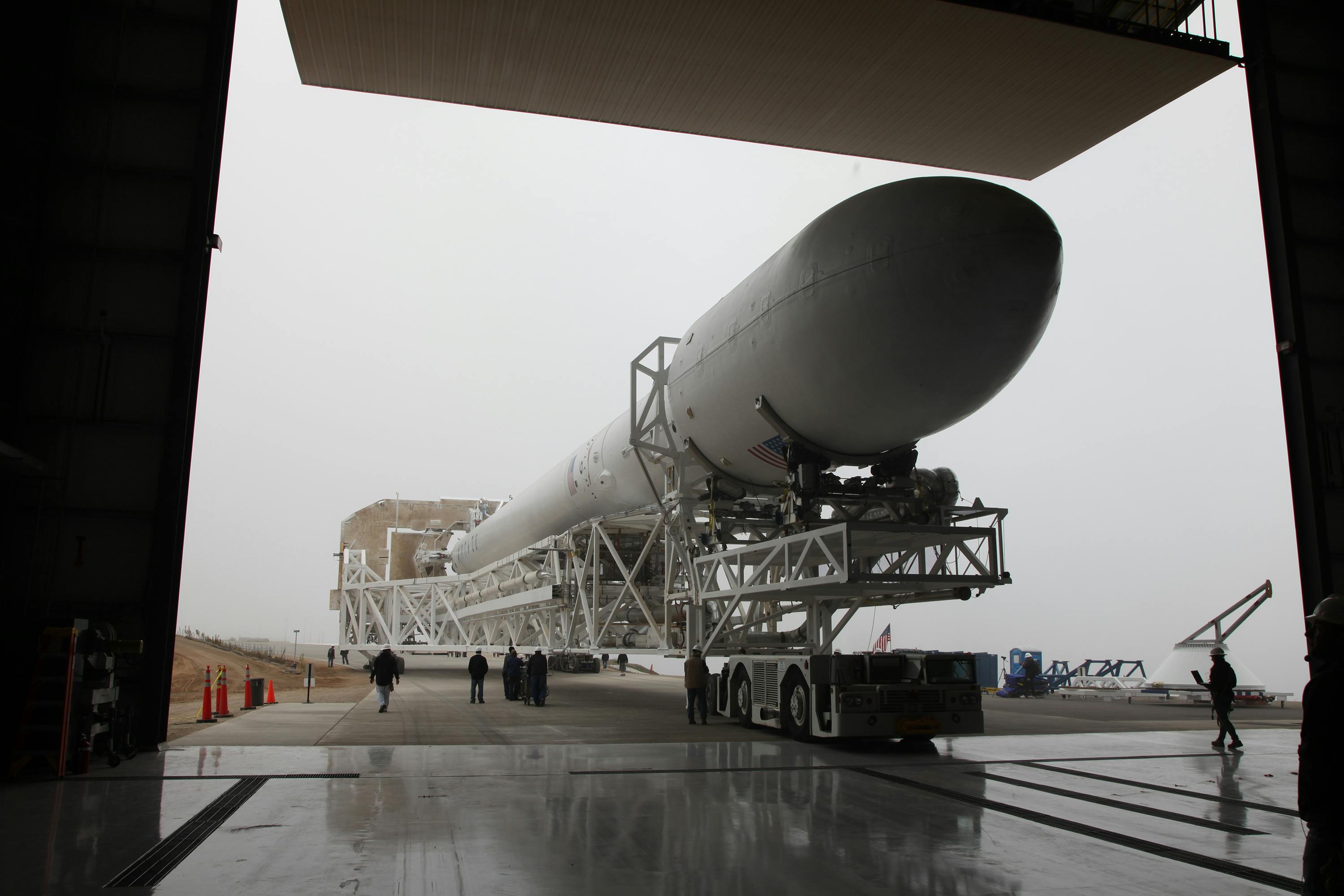· today in space history · 6 min read
The Day America Gained New Eyes on Mars
Fifty-six years ago, a revolutionary spacecraft launched toward the Red Planet after being saved from disaster by two quick-thinking technicians who risked their lives to prevent a rocket collapse

In the pre-dawn darkness of February 25, 1969, at precisely 01:29:02 UTC, an Atlas-Centaur rocket thundered skyward from Launch Complex 36B at Cape Canaveral, carrying aboard it NASA’s Mariner 6 spacecraft. This 381-kilogram robotic explorer began a 157-day journey that would transform our understanding of the Red Planet, capturing unprecedented views of Mars and laying essential groundwork for future missions. What few watching the launch realized was that the mission had nearly ended in catastrophe eleven days earlier, saved only by the extraordinary courage of two pad technicians.
A Mission Born from Growing Ambition
The Mariner 6 mission, designed to work in tandem with its twin Mariner 7, represented NASA’s most sophisticated attempt yet to study Mars. Previous flybys had provided only tantalizing glimpses of the Martian surface, but these new spacecraft would conduct comprehensive surveys of the planet’s equator and southern hemisphere. Engineers at the Jet Propulsion Laboratory had equipped the octagonal spacecraft with an impressive array of instruments, including dual television cameras, infrared and ultraviolet spectrometers, an infrared radiometer, and sophisticated communications systems capable of transmitting high-resolution images across interplanetary distances.
“These spacecraft represent a quantum leap forward in our planetary exploration capabilities,” explained mission director Dan Schneiderman before launch. “They will give us our first detailed look at the atmosphere, surface features, and thermal properties of Mars.”
The Heroes Who Saved the Mission
The mission had nearly ended before it began. On February 14, 1969, during a simulated countdown test at Launch Complex 36A, disaster struck. An electrical relay in the Atlas booster malfunctioned, opening two valves in the pneumatic system that allowed pressurized helium to escape from the rocket’s thin “balloon” skin. As the booster began to crumple, two pad technicians, Bill McClure and Charles “Jack” Beverlin, immediately recognized the gravity of the situation.
In an act of extraordinary courage, they rushed to the collapsing rocket and manually activated an emergency override switch, closing the valves and repressurizing the Atlas before it could completely buckle. Their quick thinking saved the Mariner 6 spacecraft and its Centaur upper stage, though the Atlas booster itself was damaged beyond repair.
NASA awarded McClure and Beverlin Exceptional Bravery Medals for their actions that day, as both men had risked being crushed beneath the 124-foot rocket. In a fitting tribute that would come decades later, NASA named a Martian ridge explored by the Opportunity rover “McClure-Beverlin Ridge” in their honor.
Engineering for Deep Space
The Mariner 6 spacecraft itself represented a triumph of miniaturization and reliability engineering. Standing 3.35 meters tall with its deployed solar panels spanning 5.79 meters, the probe was a marvel of complex systems designed to operate millions of kilometers from Earth. Four solar panels generated 800 watts of power near Earth and 449 watts at Mars distance, while a 1,200 watt-hour silver-zinc battery provided backup power.
The spacecraft’s “brain” was a Central Computer and Sequencer (CC&S) that could store 53 direct commands, 5 control commands, and 4 quantitative commands. This programming could be updated during flight, giving mission controllers flexibility to adapt to changing conditions or objectives. Three separate telemetry channels transmitted engineering and scientific data at varying rates, with the highest-capacity channel capable of 16,200 bits per second—impressive for 1969 technology.
The Journey to Mars
After launch, Mariner 6 deployed its solar panels and locked its attitude control system on the sun and star Canopus, establishing the precise orientation needed for its five-month cruise to Mars. On March 1, a mid-course correction maneuver refined the spacecraft’s trajectory, using a 5.35-second burn of its 223-newton hydrazine engine.
The spacecraft’s systems performed admirably during the long journey, with only minor anomalies quickly addressed by ground controllers. As Mariner 6 approached Mars, excitement grew at JPL’s mission control. On July 29, just two days before closest approach, Mariner 6’s twin—Mariner 7—suffered a temporary communications failure that momentarily threatened its mission. Engineers used findings from Mariner 6 to reprogram Mariner 7 and successfully complete both missions.
Revealing Mars in Unprecedented Detail
Mariner 6 reached its closest approach to Mars on July 31, 1969, passing just 3,431 kilometers above the planet’s surface. The spacecraft captured 75 images, including 25 distant approach shots and 26 close-ups taken during the flyby. These photos revealed a cratered surface that surprised scientists who had expected to see more Earth-like features.
The imaging system could resolve details as small as 300 meters across in the close-approach pictures, showing a world far more complex than the fuzzy views previously available from Earth-based telescopes. While the spacecraft didn’t capture the massive volcanoes and canyons that would later be discovered by subsequent missions, it provided our first detailed look at Mars’ southern hemisphere and equatorial regions.
Revolutionary Scientific Discoveries
Beyond the impressive imagery, Mariner 6’s scientific instruments made groundbreaking discoveries about the Martian environment. The infrared and ultraviolet spectrometers confirmed that the atmosphere was primarily carbon dioxide, with surface pressure less than 1% of Earth’s. The infrared radiometer measured surface temperatures ranging from -73°C to -125°C, highlighting Mars’ inhospitable environment.
“The Mariner 6 and 7 infrared radiometer results triggered a scientific revolution in Mars knowledge,” explained planetary scientist Crofton B. “Barney” Farmer. “We were finally able to detect trace amounts of water on the surface and accurately determine the composition of the atmosphere.”
These findings dramatically changed scientific understanding of Mars, disproving earlier speculations about a more Earth-like environment and providing crucial data for planning future missions. The discoveries helped shape NASA’s “Follow the Water” strategy that would guide Mars exploration for decades to come.
Legacy and Impact
After completing its Mars encounter, Mariner 6 continued into a heliocentric orbit, where it was tracked until December 23, 1970, when mission controllers deactivated the spacecraft. In its 1 year, 9 month, and 28 day operational lifetime, it had revolutionized our understanding of Mars and demonstrated technologies crucial for future planetary exploration.
The engineering advances pioneered on Mariner 6 directly influenced subsequent Mars missions, including the more sophisticated Mariner 9—which became the first spacecraft to orbit another planet in 1971—and the Viking landers that searched for signs of life on the Martian surface in the mid-1970s. The mission’s communication systems, power generation approach, and attitude control methods established standards that would guide spacecraft design for decades.
Looking Forward
Today, as we operate a fleet of sophisticated Mars orbiters, landers, and rovers, the legacy of Mariner 6 continues to influence our exploration of the Red Planet. The fundamental questions it helped frame about Mars’ history, geology, and potential for life remain central to modern Mars science. As NASA and other space agencies plan future Mars sample return missions and prepare for eventual human exploration, they build upon the foundation laid by these pioneering spacecraft.
The mission that began fifty-six years ago today with a thunderous launch from Cape Canaveral didn’t just send a robot to another world—it forever changed how we understand our neighboring planet and established the technical foundation for a half-century of increasingly sophisticated Mars exploration. From the Perseverance rover currently searching for signs of ancient microbial life to the planned human missions of the 2030s, all can trace their lineage back to that February morning when Mariner 6 began its historic journey to reveal the Red Planet’s secrets.

Theodore Kruczek





